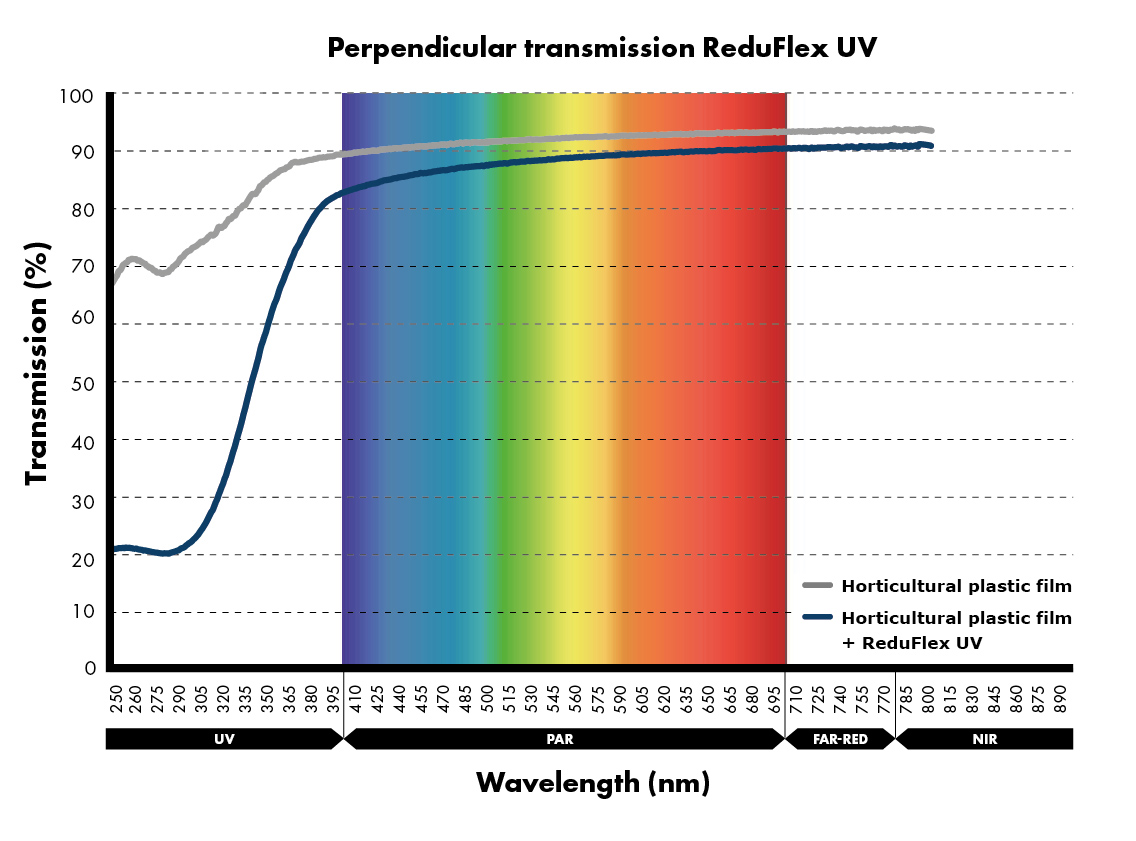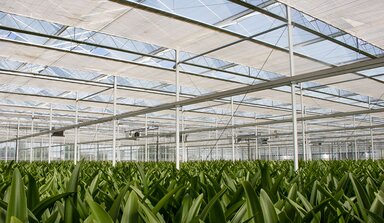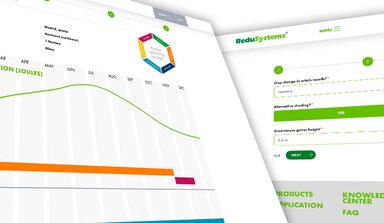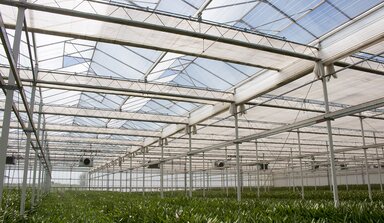Reducing UV with ReduFlex UV
UV radiation can have both positive and negative effects on the crop. A high dose is not desirable however, it inhibits photosynthesis and results in visible damage. In addition, UV radiation breaks down plastics. ReduFlex UV is designed to protect against excessive doses of UV light.

About four percent of sunlight consists of UV radiation. This radiation is invisible but it has a significant impact on the crop. It is usually divided into three kinds: UVA, UVB and UVC. UVC (100-280 nm wavelength) is absorbed by the ozone layer around the earth. UVB (280-315 nm) and UVA (315-400 nm) are responsible for the degradation of plastics, which is why it is necessary to protect greenhouse film and plastic panels by adding UV stabilizers. UVA and B mainly influence the shape and color of plants. A small amount is also used for photosynthesis.
Better resilience
For a long time it was thought that UV radiation simply damaged the crop. But in low doses it stimulates the formation of beneficial substances and improves resilience to pests and diseases. Ordinary greenhouse glass keeps out most of the UV radiation, but this may be one reason why plants grown in glass greenhouses show lower resilience. Also worth noting is that UV light helps create compact, well-branched plants with better color. But that’s not the case with high doses of UV light, which occur in countries with bright sunlight and especially at higher altitudes. Then a whole range of damages can occur: growth inhibition, deformities, leaf curl, reduced fertility, and even damage to DNA.
Reducing UV transmittance
Plastic greenhouses allow relatively more UV through, depending on the composition of the film. To prevent this and to stop the plastic from degrading too fast, manufacturers often add a UV blocker. But this breaks down over time, leaving the crop to cope with ever higher levels of UV radiation. It may therefore be necessary to reduce UV transmittance, either all year round or at a particular time of year. ReduFlex UV does just that by letting PAR light through and only blocking UV, especially UVB.
On the other hand, it is important not to screen out too much UV as this is known to impact on plant resilience. So it may be necessary to remove the coating again in the rainy season in order to get enough UV coming through to the crop at this cloudy time of year. This also helps protect against diseases like mildew.


